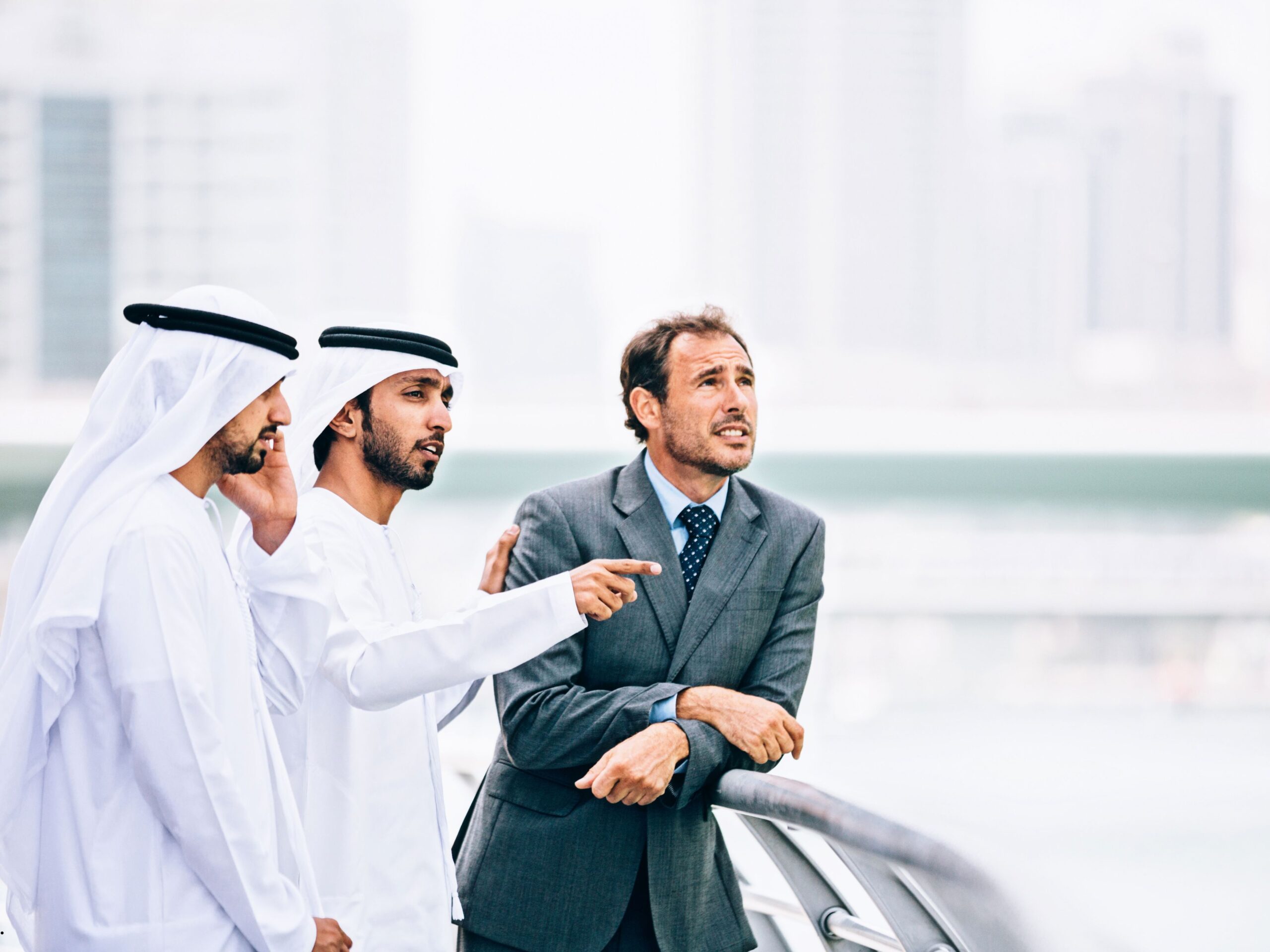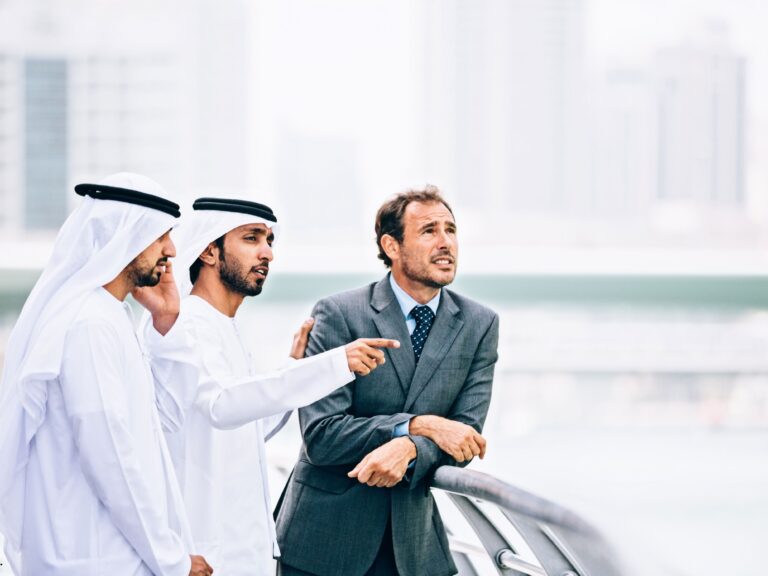The Middle East is undergoing a significant transformation driven by ambitious national visions and strategic plans aimed at economic diversification, technological advancement, and sustainable development. Here, we outline the key initiatives and long-term strategies of some of the region’s leading countries.
United Arab Emirates (UAE)
Vision 2031 and Beyond
The UAE has outlined several strategic plans to shape its future:
- We the UAE 2031: This vision aims to double the country’s GDP from AED 1.49 trillion to AED 3 trillion, positioning the UAE as a global economic hub. The plan focuses on enhancing social, economic, investment, and development aspects to maintain the UAE’s attractiveness as a global partner (Official Portal UAE).
- Dubai Economic Agenda (D33): This agenda targets doubling Dubai’s economy by 2033 through 100 transformative projects. Key objectives include increasing foreign trade to AED 25.6 trillion and expanding Dubai’s network to 400 cities (Official Portal UAE).
- National Advanced Sciences Agenda 2031: This agenda emphasizes leveraging advanced sciences to address future challenges, aiming to support the UAE’s objectives outlined in Vision 2021 and Centennial Plan 2071 (Official Portal UAE).
- UAE Strategy for Artificial Intelligence (AI): Launched in 2017, this strategy aims for 100% reliance on AI for government services and data analysis by 2031, enhancing government efficiency and performance (Official Portal UAE).
- Energy and Water Security Strategies: The UAE Energy Strategy 2050 aims to generate 75% of Dubai’s energy from clean sources, while the UAE Water Security Strategy 2036 focuses on reducing water demand and increasing water reuse and storage capacity (Official Portal UAE).
Saudi Arabia
Vision 2030
Saudi Arabia’s Vision 2030 is a comprehensive plan to diversify the economy and reduce its dependence on oil:
- Economic Diversification: The vision includes significant investments in non-oil sectors such as tourism, entertainment, and technology. Key projects include NEOM, a $500 billion mega-city that aims to be a hub for innovation and sustainability (PwC).
- Tourism and Entertainment: Projects like the Red Sea Project and Qiddiya aim to boost tourism and create a diversified economy by developing luxury resorts and entertainment destinations (PwC).
- Social and Cultural Reforms: Vision 2030 also focuses on social reforms, including increasing women’s participation in the workforce and enhancing the quality of life through cultural and recreational activities (PwC).
Qatar
National Vision 2030
Qatar’s National Vision 2030 focuses on transforming the country into an advanced society capable of sustaining its development:
- Economic Development: Emphasizing a diversified economy with a focus on sustainable development, the plan includes investments in education, health, and infrastructure to support economic growth (ME Business News).
- Human Development: Enhancing the capabilities of its citizens through quality education and health services is a key pillar of Qatar’s vision, aiming to prepare a skilled workforce for the future (ME Business News).
- Environmental Development: Ensuring harmony between economic growth and environmental protection by promoting sustainable practices and renewable energy projects (ME Business News).
Oman
Vision 2040
Oman’s Vision 2040 aims to create a prosperous and diversified economy:
- Economic Diversification: The vision emphasizes reducing dependence on oil and gas by developing sectors such as manufacturing, logistics, tourism, and fisheries (World Bank).
- Human Capital Development: Investing in education and training to build a knowledgeable and skilled workforce that can drive economic growth and innovation (World Bank).
- Sustainable Development: Focusing on sustainable practices to ensure long-term economic and environmental stability (World Bank).
Kuwait
Vision 2035
Kuwait’s New Kuwait Vision 2035 aims to transform the country into a financial and commercial hub:
- Infrastructure Development: Major infrastructure projects include the development of Silk City and the expansion of the metro system to improve connectivity and economic activity (PwC).
- Economic Diversification: Promoting non-oil sectors such as finance, logistics, and tourism to create a diversified and resilient economy (PwC).
Conclusion
The Middle East is charting a bold course for the future with visionary plans aimed at economic diversification, technological advancement, and sustainable development. These strategic initiatives are set to transform the region, creating new opportunities for growth and prosperity over the next decade.
For more detailed information and updates on these plans, please visit the respective government websites and official publications.



